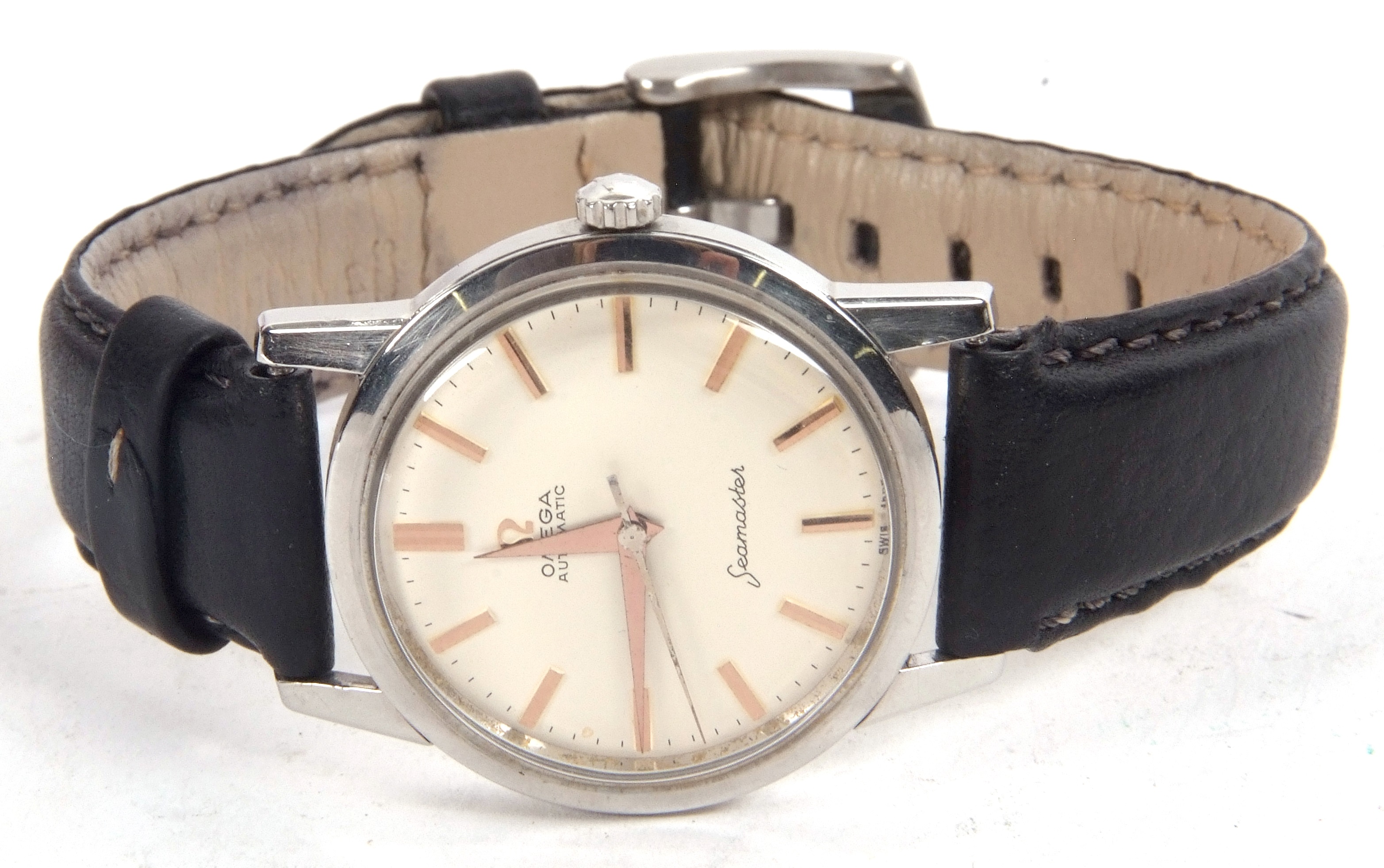

30/12/2023 General News
‘A gentleman’s choice of timepiece says as much about him as does his Savile Row suit’: so said Ian Fleming, creator of James Bond, a man who was never seen without a classic watch on his wrist, writes Sam Hicks.
Conscious that our wristwatches do indeed say something about us, it shouldn’t be surprising that the timepieces which are in demand at any given moment will reflect the zeitgeist.
This is certainly true at the moment. It is a sign of our financially straitened times that large, showpiece watches are being overtaken in demand by more discreet models, both in terms of size and materials. In an era of prosperity, more ostentatious, ‘look-at-me’ watches tend to come to the fore; when times are tougher, it tends to be more modest, understated models which are in demand.
Not so many years ago, watches were becoming huge, but this has not always been the case. In the 1970s, for example, they tended to be much smaller, and that is one reason why timepieces from this decade are now hot property in the saleroom.
This is reflected in the kind of hammer prices we are seeing – for example, the vintage Omega Seamaster watch pictured on this page has more or less doubled in value over the past five years.
This watch is modest in size, measuring 36mm. This was fairly standard in the 1970s and 1980s, before ‘inflation’ saw sizes increasing dramatically; crown sizes of 44mm were not uncommon.
Interestingly, there is almost as much interest in a 1980s version of a watch such as the Rolex Datejust, measuring 36mm, as there is in brand new versions of the same model, which have expanded to include a hefty 41mm option.
It is not just in the size where more modest watches are in vogue. Flashy, bejewelled watches made from precious metals are now less in demand than they were; in turn, watches made from more prosaic materials such as stainless steel are very much on trend – even from the very top producers.
Essentially, today people want to own a very nice watch, but the desire to show it off has faded. It is exactly the same kind of phenomenon you see in luxury cars – understated elegance rather than in-your-face flashiness is the order of the (economically challenged) day.
There is one other reason why watches from the 1970s and 1980s are in such demand. The people buying these are those who grew up in this era, seeing such aspirational models in the lifestyle magazines of the time. They may have always harboured a hankering for a particular model, and perhaps for the first time they can now afford it.
The early James Bond films saw 007 sporting flashy Rolex watches; more recent movies have seen him wearing an Omega Seamaster. You can’t help thinking that Ian Fleming would have approved.